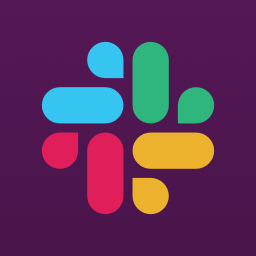by ssssahuuu
TeamCRM: Customer Management Dashboard
import logging
from gunicorn.app.base import BaseApplication
from app_init import app # Import the Flask app instance
import admin_routes # Register admin routes
import routes # Register main routes
# Setup logging
logging.basicConfig(level=logging.INFO)
logger = logging.getLogger(__name__)
class StandaloneApplication(BaseApplication):
def __init__(self, app, options=None):
self.application = app
self.options = options or {}
super().__init__()
def load_config(self):
# Apply configuration to Gunicorn
for key, value in self.options.items():
if key in self.cfg.settings and value is not None:
self.cfg.set(key.lower(), value)
def load(self):
return self.applicationCreated: | Last Updated:
Getting Started with TeamCRM Dashboard Template
This template provides a complete customer relationship management dashboard with team access control, customer statistics, and data import capabilities.
Initial Setup
- Click "Start with this Template" to begin
- Press the "Test" button to deploy the application
Using the Dashboard
Once deployed, you'll have access to a full-featured CRM dashboard with the following capabilities:
- Home Dashboard
- View customer statistics including total, new, active, and inactive customers
- Manage customer records with add, edit, and delete functionality
-
Search and filter customers by status
-
Team Management
- Control access by email domain or individual email addresses
- Block/unblock team member access
-
Monitor team member last login activity
-
Customer Import
- Import customer data directly from Google Sheets
- Required columns in your Google Sheet:
- Name (required)
- Email (required)
- Company (optional)
- Phone (optional)
- Status (optional)
Managing Team Access
The dashboard provides two ways to grant access:
- Domain-based Access: Allow anyone with specific email domains
- Individual Access: Grant access to specific email addresses
To add new team members:
- Navigate to the Team Management section
- Choose either:
- "Add New Domain" to allow all users from a specific email domain
- "Add New Admin" to grant access to individual email addresses
Importing Customers
To import customers from Google Sheets:
- Create a Google Sheet with the required columns
- Make the sheet publicly accessible for reading
- Copy the Google Sheet URL
- Navigate to the Import section
- Paste the URL and click "Import Customers"
The import history will show the status and results of all import attempts.
Security Features
The dashboard includes built-in security features:
- Session-based authentication
- Team member access control
- Ability to block specific users
- Activity monitoring with last login tracking
The template provides a complete team-based CRM solution that can be deployed immediately with no additional configuration required.
Template Benefits
- Centralized Customer Data Management
- Provides a unified platform for storing and accessing customer information
- Enables teams to maintain consistent customer records across the organization
-
Reduces data silos and improves data accuracy through standardized input
-
Team Collaboration & Access Control
- Granular control over team member access through domain-based and individual permissions
- Built-in blocking/unblocking functionality for managing team member access
-
Transparent tracking of team member activities and last login timestamps
-
Efficient Customer Import Capabilities
- Streamlined bulk import feature from Google Sheets
- Historical tracking of import activities and success rates
-
Automated validation of imported data to maintain data quality
-
Real-time Performance Analytics
- Dashboard with key metrics including total customers, new customers, and activity status
- Visual representation of customer engagement levels
-
Quick identification of inactive customers requiring attention
-
Scalable Infrastructure & Security
- Enterprise-grade security with session management and authentication
- Error handling and logging for system reliability
- Multi-threaded architecture supporting concurrent users and operations
Technologies
 Streamline JavaScript Workflows with Lazy AI: Automate Development, Debugging, API Integration and More
Streamline JavaScript Workflows with Lazy AI: Automate Development, Debugging, API Integration and More





